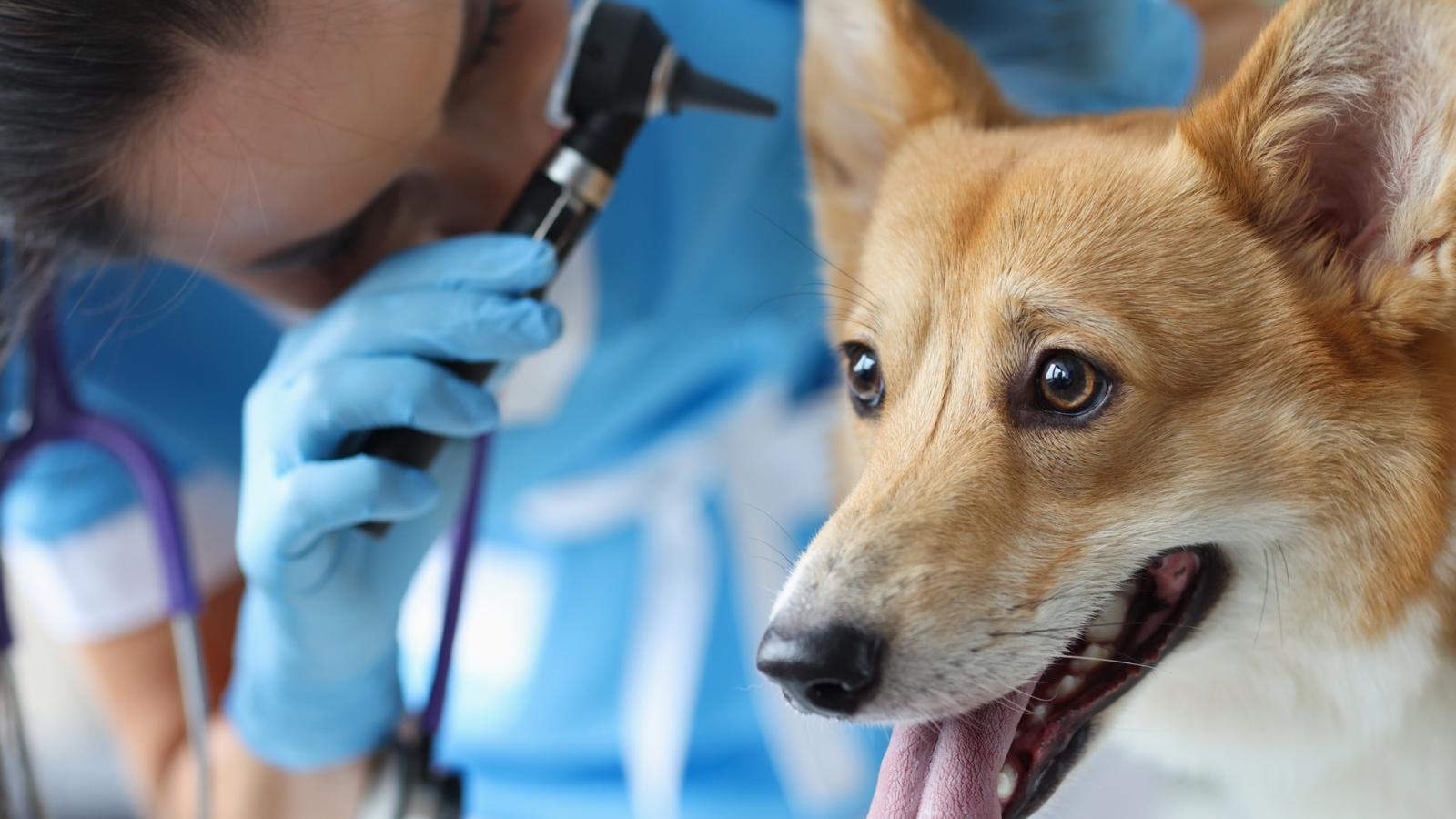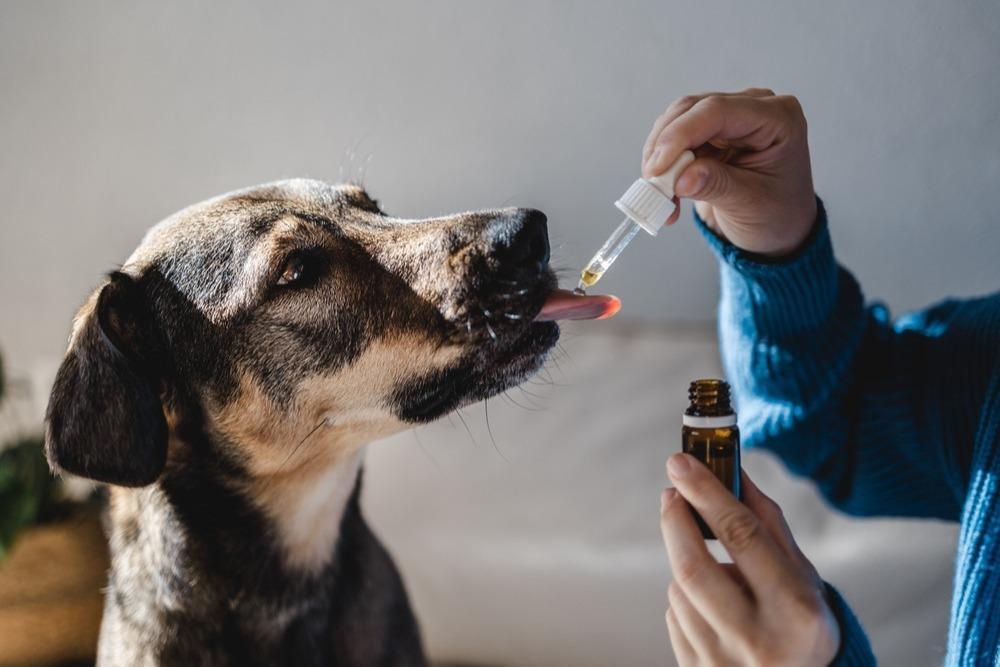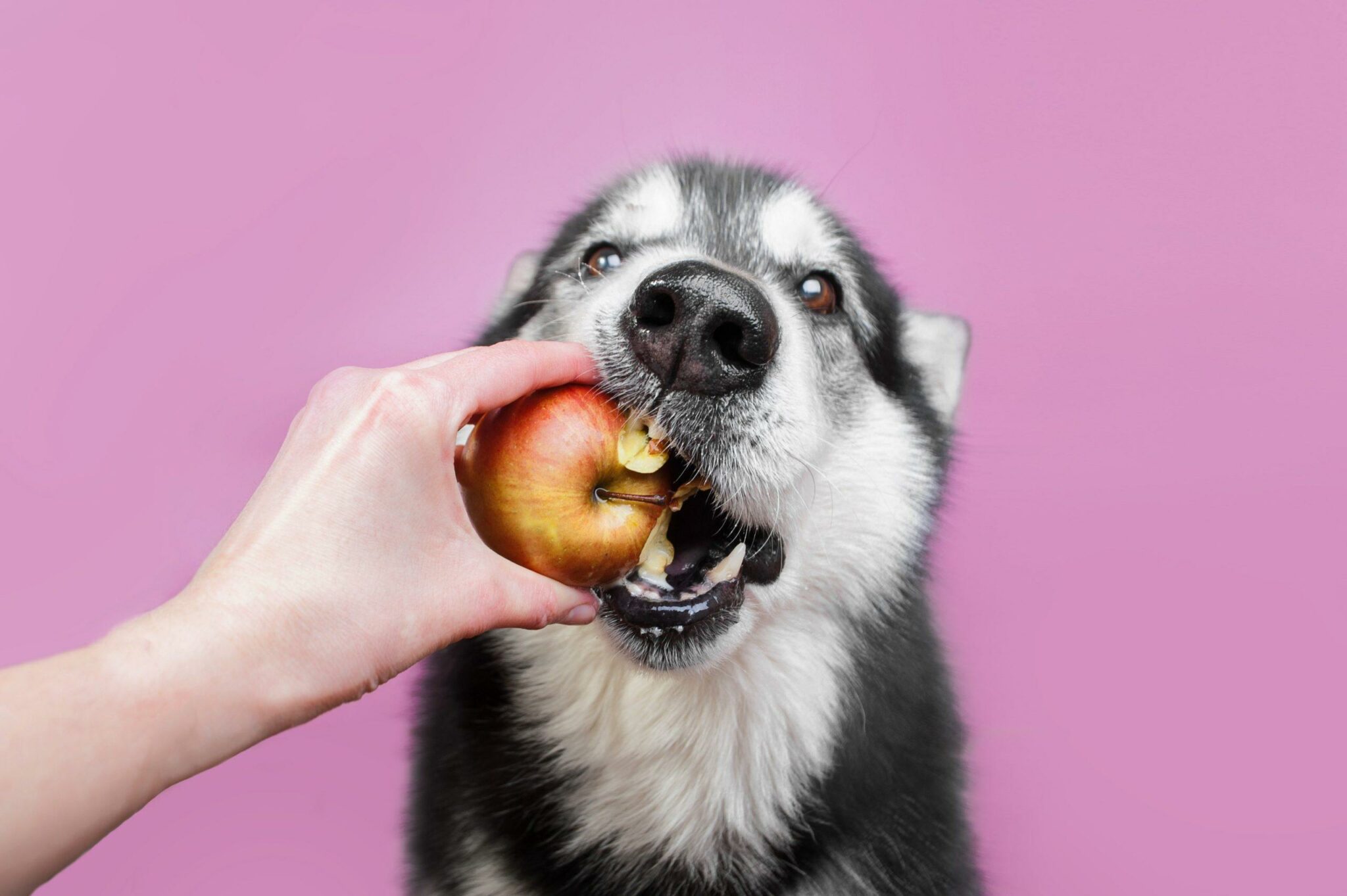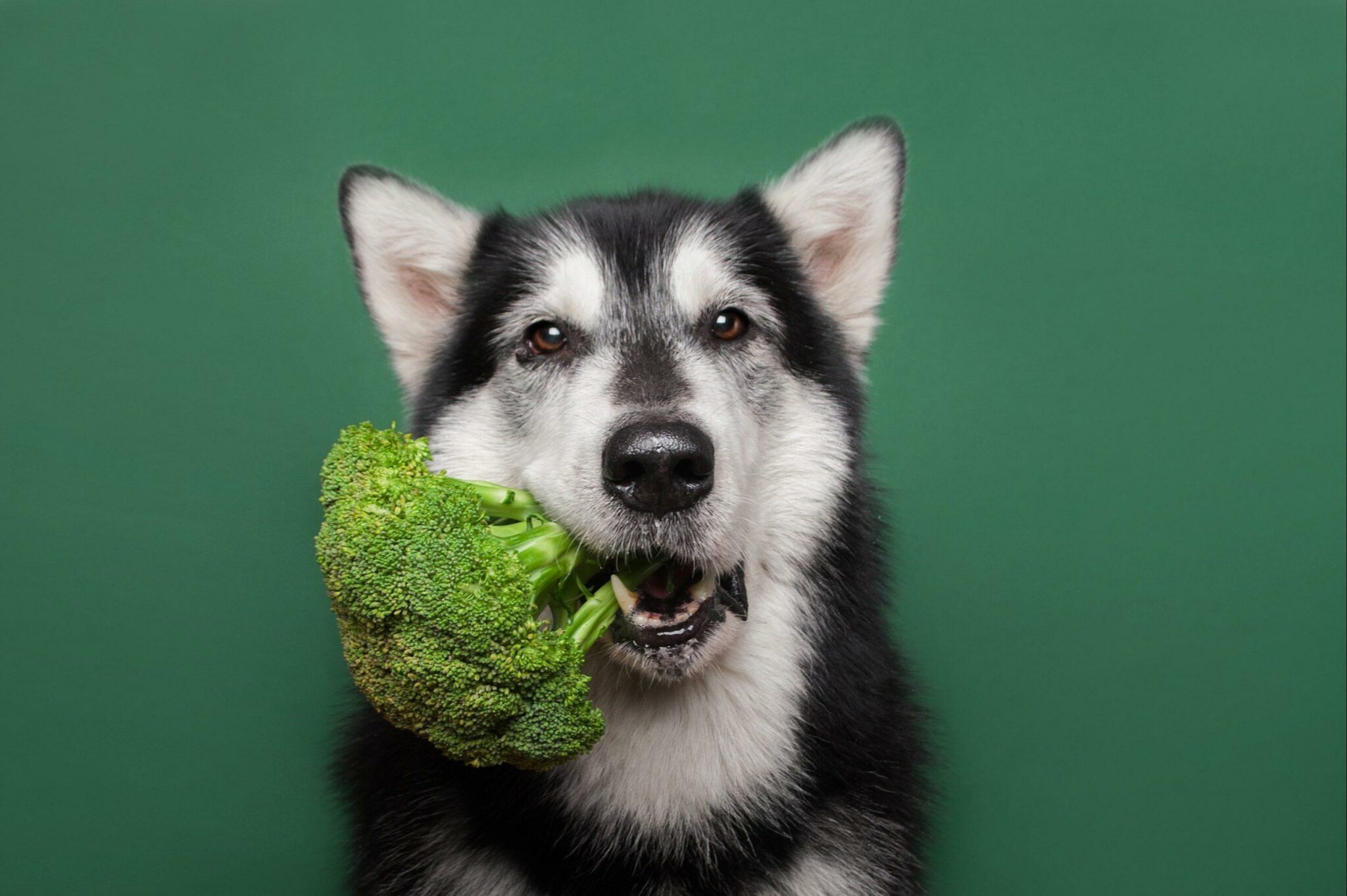In humans, the definition of anxiety is a feeling of unease, a worry or fear. It can be mild or severe. It’s quite easy to label these feelings ourselves, but as our four-legged friends haven’t yet figured out how to talk, what makes them anxious can be difficult to pin down. What we do know is they demonstrate stress behaviours alongside triggers, so we can intimate they feel anxious.
What is clear, is that these behaviours aren’t great for our four-legged friends, so whilst we can also tackle the triggers, there are certain nutrients that can help modulate anxiety too. We have collated 5 of our top Fido-friendly-foods that can be safely added to their diets.
Fatty Fish
In dogs, the body has a requirement for two distinct Essential Fatty Acid families. The Omega-6 and Omega-3 series.
Omega-6
Linoleic Acid (LA)
Arachidonic Acid (AA)
Omega-3
Alpha-Linolenic Acid (ALA)
Eicosapentaenoic Acid (EPA)
Docosahexaenoic Acid (DHA)
Fatty fish contain Omega-3 fatty acids which have a number of biological effects in the body. To start us off, studies have shown that aggressive dogs are characterised by low Omega-3 fatty acid status. This does not indicate causation, but there is certainly a correlation.
Findings here
Omega-3’s, in particular DHA, play critical neuroprotective and anti-inflammatory roles in the brain. Supplementation of omega-3 has been seen to:
– Improve cognitive function
Findings here
– Reduce anxious symptoms
Findings here
– Reduce aggressive behaviours
Findings here
– Reduced stress-related hormone production
Findings here
Omega-3s are classed as polyunsaturated fatty acids.
Fatty acids can be saturated, monounsaturated, or polyunsaturated. The difference is in their structure. Saturated fatty acids contain no double bonds between the carbon atoms and are therefore
saturated with hydrogen. Monounsaturated fatty acids have one double bond (mono=one). Polyunsaturated fatty acids have two or more double bonds (poly=many).
The more double bonds a fatty acid has, the less stable the molecule, which means it is more susceptible to oxidation, resulting in rancidity. This is why fish oils should be stored in a dark, glass bottle and why PUFA rich oils aren’t the best to fry your eggs with.
Fats also act as carriers for fat soluble vitamins A, D, E and K which means that low-fat diets can affect the metabolism of these crucial vitamins. Much data has highlighted that low vitamin D status is associated with anxiety and depression, so fatty fish helps modulate the metabolism of vitamin D too (if it is present in the diet of course).
Findings here
Sources to include:
– Mackerel
– Salmon
– Sardines
Oysters
Whilst you may struggle to get your hands on oysters, what we’re really interested in is their zinc content.
In the human literature, zinc is a trait marker of a mood disorder. Zinc deficiency is regularly associated with depression and anxiety, and supplementation often improves mood and cognitive function.
Zinc plays a role in many metabolic processes, including enzyme catalysis, cell signalling and DNA replication and transcription. What this essentially means, this mineral is involved in neural development, learning, memory and mood. We know zinc plays a role in mood because we find zinc enriched neurons in parts of the brain associated with emotions. Before we knew better, in rat studies, we found that increasing zinc levels reduced rat-fighting behaviour and when supplemented alongside anti-depressant medication, rats developed improved resilience.
The issue we have is that zinc also plays a role in the inflammatory response and likewise the down regulating of the same response. So, when we are in a state of chronic inflammation, when zinc should be in the nervous system, modulating, its instead crusading with the inflammatory (or anti-inflammatory) team and the brain is left with neurotransmitters where they shouldn’t be, or not even where they should be!
Whilst it stands to reason that low dietary intake results in low levels of zinc, phytates found in cereals, corn and rice also inhibit zinc absorption.
There are also some breeds who are predisposed to zinc deficiency, for example, certain sled dogs.
Foods high in zinc:
Oysters, beef, chicken, pork, hemp seeds, shiitake mushrooms and red meat.
Whilst brazil nuts, tuna and oysters are also high in selenium, red meat is an easy addition in your dog’s diet.
Another mineral, low levels of selenium are regularly reported in cases of anxiety, depression and fatigue.
Findings here
Selenium’s prime function is as an antioxidant. It works as a component of glutathione peroxidase, an enzyme which protects cell membranes and red blood cells from damage by free radicals.
However, it is thought to modulate mood through its involvement in the synthesis and metabolism of thyroid hormones. Selenium deficiency is thought to dysregulate thyroid function and therefore play a role in mood disorders.
Not only that but selenium has been found to exhibit modulatory effects on the dopaminergic, serotonergic and noradrenergic systems which are all involved in the regulation of mood and behaviour. One of the mechanisms is to inhibit the degradation of serotonin, resulting in an overall increase in levels. Selenoproteins also demonstrate antioxidant properties on dopaminergic neurons vulnerable to oxidative stress.
Findings here
Food Sources of Selenium:
Pork, beef, turkey, chicken, fish, oysters, eggs, shiitake mushrooms and white meat.
The word protein comes from the Greek word proteios which means of prime importance. Amino acids are the basic units of proteins and are held together by peptide linkages to form long protein chains. For the dog there are certain amino acids that are essential; they cannot be synthesised by the body, so they must be supplied by the diet. These include:
Arginine
Histidine
Isoleucine
Leucine
Lysine
Methionine
Phenylalanine
Threonine
Tryptophan
Valine
For the cat, this also includes taurine.
These amino acids found in certain foods,are precursors to certain neurotransmitters.
Tryptophan, which is found in chicken and turkey, is the precursor to serotonin. Manipulation of serotonin through supplementation or depletion of tryptophan has established a role in higher order brain functions, memory, and mood.
Low dietary tryptophan is associated with anxiety-like behaviour and increased defensive aggression. Tryptophan depletion is also associated with abnormal emotional processing and impairments in working memory and attention.
Findings here
Phenylalanine on the other hand is hydroxylated to tyrosine which is a precursor to noradrenaline, dopamine and adrenaline which are all implicated in mood.
Sources of phenylalanine include beef, chicken, pork, tuna, seeds, sweet potatoes. Other sources of tryptophan include eggs,fish, pumpkin and sesame seeds.
Antioxidants
What is particularly interesting is that those suffering with anxiety disorders regularly screen with lower levels of antioxidants than controls. When supplemented with antioxidants, anxiety scores often reduce.
Findings here
Oxidative stress is caused by an imbalance between pro-oxidants and antioxidants. Antioxidants bind to, prevent the formation of or capture free radicals, free radicals which are like the exhaust fumes of work. With its high metabolic rate, the brain is particularly susceptible to oxidative stress and therefore dysfunction. Increased oxidative stress in the brain is regularly associated with behavioural changes and cognitive impairment. In short, the addition of dietary antioxidants has been seen to ameliorate anxious and depressive behaviours.
Findings here
Foods with Antioxidant Content:
Indian gooseberry, rose hip, mint, blackberries, holy basil, walnuts and lemon balm. Findings here
Summary
The key is to provide a range of nutrients for your dog, to encompass a range of macro and micronutrients. A selection of proteins will include a range of amino acids which are precursors to certain neurotransmitters, ultimately affecting mood and behaviour. Opt for wholefoods that are rich in vitamins, minerals and antioxidants and don’t forget those essential fatty acids too!
If you would like to discuss any changes toy our dog’s diet, then please feel free to book a consultation
here.
Thanks for reading!
MPN Team x















































